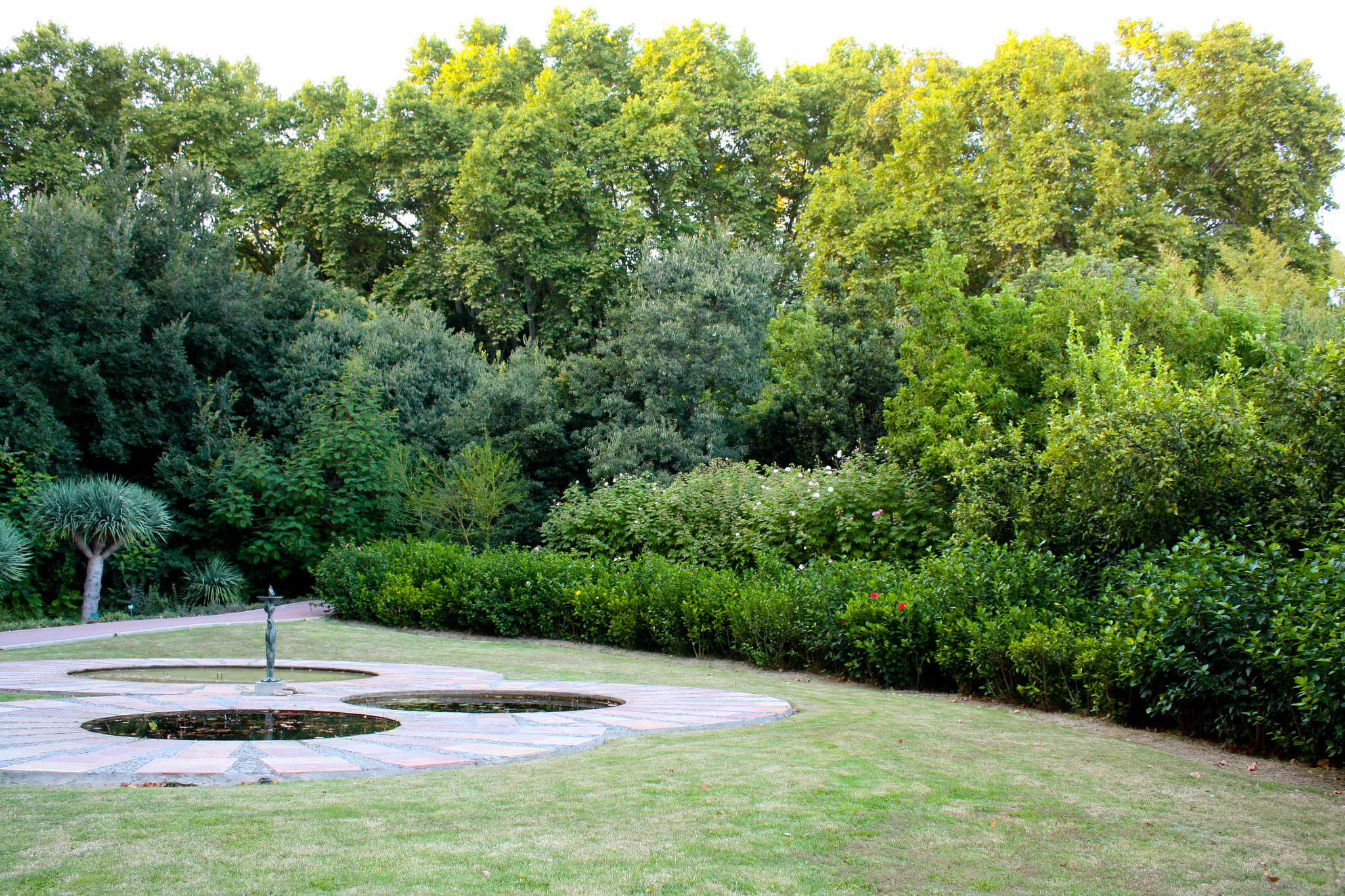Jardín Botánico La Concepción, nestled in the heart of Málaga, Spain, is a veritable treasure trove of botanical wonders. This lush paradise is home to an impressive array of rare plant species that captivate visitors and researchers alike. As you wander through the garden’s winding paths, you’ll encounter a diverse collection of flora that’s sure to leave you in awe.
One of the most striking rarities found in the garden is the Wollemia nobilis, commonly known as the Wollemi pine. This prehistoric tree was thought to be extinct until its discovery in 1994 in a remote Australian gorge. La Concepción is one of the few places outside Australia where you can admire this living fossil, which has survived for millions of years.
But that’s just the beginning of the garden’s rare plant offerings. As you continue your journey, you might stumble upon the Encephalartos woodii, a cycad species that’s extinct in the wild. This ancient plant, often referred to as Wood’s cycad, is known only from a single male specimen discovered in South Africa in 1895. La Concepción’s efforts to preserve this species highlight the garden’s commitment to conservation.
Speaking of conservation, the garden also boasts a collection of critically endangered species from the Canary Islands. Among these is the Echium pininana, or tower of jewels, a striking plant that can grow up to 4 meters tall and produces a spectacular display of blue flowers. This species is native to La Palma and faces threats from habitat loss and invasive species in its natural environment.
As you meander through the garden’s tropical section, you might spot the peculiar Amorphophallus titanum, or corpse flower. This rare plant, native to the rainforests of Sumatra, is famous for its enormous inflorescence and the pungent odor it emits when blooming. La Concepción is one of the few botanical gardens in Europe where you can witness this botanical oddity in person.
The garden’s collection of rare orchids is also worth noting. Among the standouts is the Ghost orchid (Dendrophylax lindenii), a leafless species known for its ethereal white flowers. This orchid is notoriously difficult to cultivate, making its presence in La Concepción all the more remarkable.
For cacti enthusiasts, the garden doesn’t disappoint. You’ll find specimens of the critically endangered Aztekium valdezii, a tiny cactus species discovered in Mexico in 2011. With only a few hundred plants known to exist in the wild, La Concepción’s efforts to propagate this species are crucial for its survival.
As you near the end of your visit, don’t miss the chance to see the Nepenthes rajah, one of the largest pitcher plants in the world. Native to Mount Kinabalu in Borneo, this carnivorous plant is capable of trapping small mammals and is considered vulnerable due to over-collection and habitat loss.
The rare plant species found in Jardín Botánico La Concepción serve as a testament to the garden’s dedication to preserving biodiversity. By showcasing these botanical treasures, the garden not only provides a unique experience for visitors but also plays a vital role in conservation efforts worldwide. Whether you’re a plant enthusiast or simply curious about nature’s wonders, a visit to La Concepción offers a rare glimpse into the fascinating world of endangered flora. As you leave the garden, you’ll undoubtedly carry with you a newfound appreciation for the importance of protecting these botanical rarities for future generations to enjoy.
The Jardín Botánico La Concepción in Málaga, Spain, stands as a testament to 19th-century botanical passion and horticultural expertise. This historic garden, with its diverse collection of tropical and subtropical plants, serves as both a living museum and a tranquil oasis within an urban setting. Its unique microclimate allows for the cultivation of rare species, making it a valuable resource for botanical research and conservation efforts. The garden’s blend of romantic landscaping and scientific importance continues to attract visitors and researchers alike, ensuring its relevance in the fields of botany, education, and tourism for years to come.

